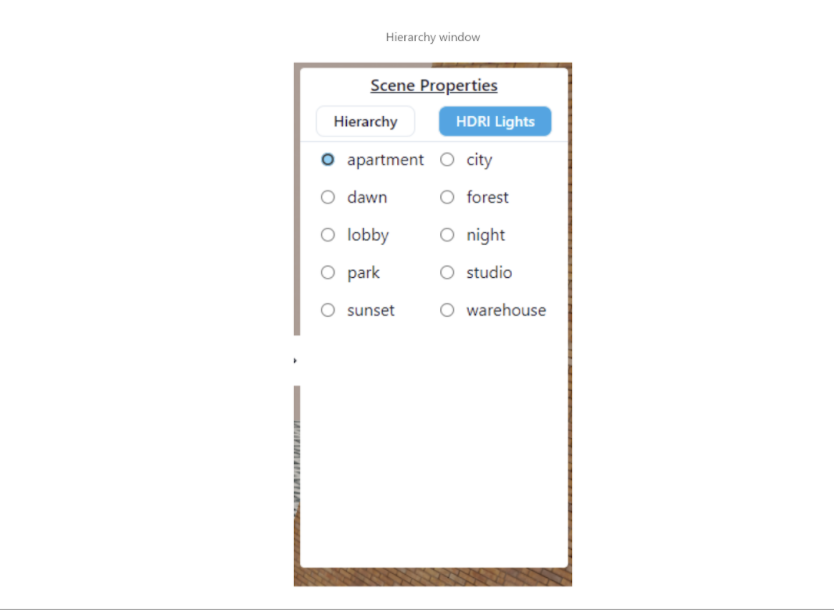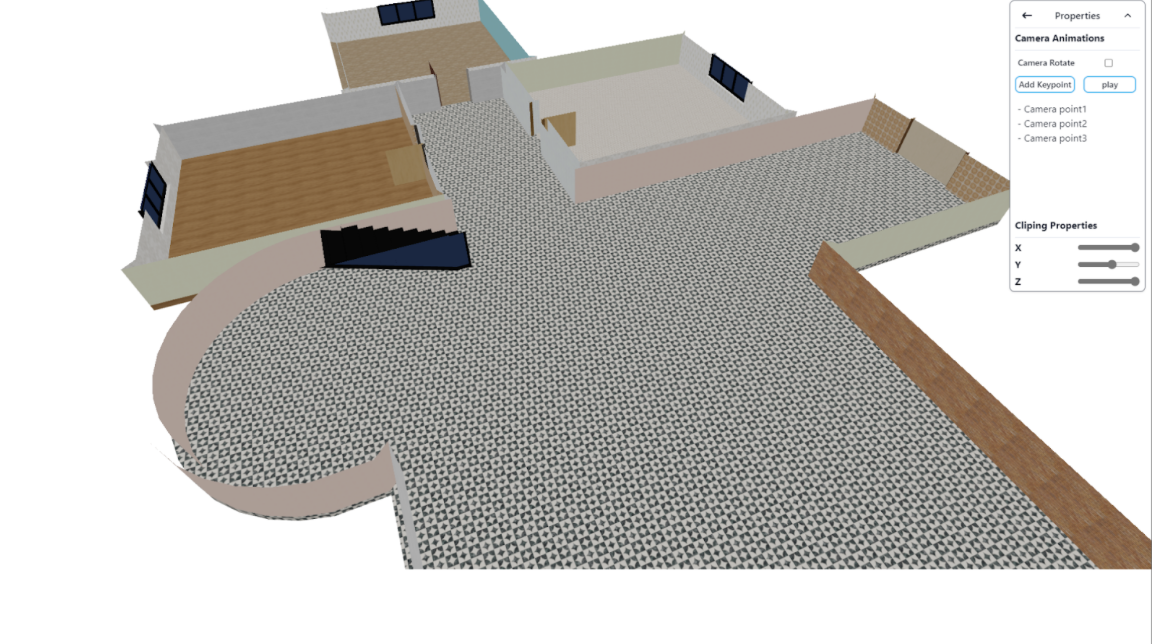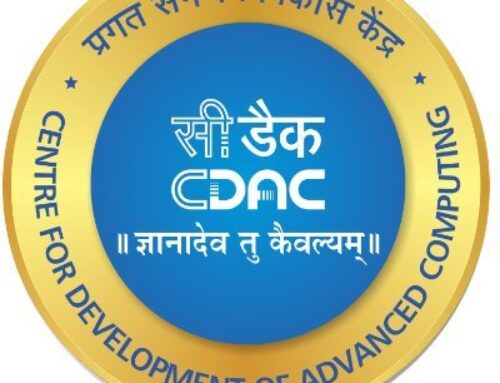In today’s fast-paced, innovation-driven world, businesses constantly seek ways to deliver projects faster, smarter, and more efficiently. Enter the product configurator—a new-gen, advanced design solution combining cutting-edge technology like Virtual Reality (VR), Augmented Reality (AR), and cloud-powered integrations. Product configurator tools are actively transforming industries such as interior design, architecture, real estate, and manufacturing by offering immersive, highly customisable solutions that not only streamline workflows but also bring substantial cost savings. Let’s delve into how configurator tools are shaping the future of design and business.
What is a Product Configurator?
A product configurator is an interactive platform that enables users to create, modify, and visualise designs or configurations in real time. These tools leverage technologies like VR, AR, 3D rendering, and AI to bring concepts to life without the need for physical prototypes. For instance, an interior design configurator allows clients to modify furniture layouts, colour palettes, and lighting within a virtual environment, seeing the changes instantly.
Configurators are not limited to design alone; they are increasingly becoming essential tools for collaboration, decision-making, and presenting ideas to stakeholders. With seamless integration across multiple platforms—desktop, mobile, and VR—they are accessible, efficient, and scalable across various industries.
The Benefits of Product Configurators
- Cost Savings Through Reduced Prototyping
Traditionally, industries like interior design and manufacturing rely heavily on physical prototypes to test and present designs. This process is not only time-intensive but also expensive. Additionally, such prototypes allow for very few updates when working with fixed budgets, thus hindering scope for creative exploration. Configurator products eliminate or significantly reduce the need for physical prototypes by offering realistic, immersive 3D or VR models.
Example: By adopting a VR-based configurator, businesses can save 15–20% of project budgets previously spent on materials and labour for mock-ups. These savings are reinvested into enhancing the final product, marketing, or employee development.
- Enhanced Collaboration and Streamlined Workflows
Configurator tools offer real-time collaboration, allowing multiple stakeholders to access and edit a project simultaneously. Teams can share updates instantly, eliminating redundant manual revisions and email chains. For design teams, this translates into faster decision-making and improved client satisfaction.
- Time Savings: Reports show that real-time collaboration via VR configurators reduces project timelines by up to 30%. This is particularly useful for global teams working across different time zones.
- Improved Visualisation and Decision-Making
Configurator products empower users to visualise designs in an immersive, interactive environment. Whether it is walking through a virtual interior space or examining a product from every angle in 3D, users can experience the design before it is built.
- Faster Decisions: Research indicates a 60% improvement in decision-making speed when immersive tools like VR are used compared to traditional 2D methods. Clients can quickly evaluate options, make informed choices, and approve designs with confidence.
- Energy and Resource Optimisation
Many configurator tools integrate dynamic lighting simulations and material previews, reducing reliance on energy-intensive rendering processes. These simulations not only lower operational costs but also promote sustainable practices by minimising resource waste.
Example: A construction company using VR configurators can simulate different environmental conditions like sunlight or wind exposure, helping them optimise energy use in building designs.
- Scalability and Adaptability
Configurator products are highly scalable and adaptable to a wide range of industries, geographies, and contexts. For example:
- In real estate, configurators allow prospective buyers to personalise and visualise properties remotely.
- In manufacturing, these tools enable customisations in machinery design, cutting down production errors.
Key Features of Advanced Product Configurators
- Pre-Built Libraries and Templates
Pre-loaded libraries of materials, furniture, and design elements allow users to jumpstart their projects without building assets from scratch. These libraries are continuously updated via cloud servers, ensuring that users have access to the latest trends.
- Cross-Platform Accessibility
Modern configurators work seamlessly across multiple platforms, including desktop, mobile apps, and VR headsets. This flexibility ensures that users can access and share projects anytime, anywhere.
- Real-Time Rendering
Gone are the days of waiting hours for 3D renders. Product configurators provide real-time rendering, enabling users to see changes instantly. This feature is crucial for fast-paced industries that demand quick iterations.
- Data-Driven Insights
Many configurator tools come equipped with analytics dashboards that track user behaviour, design preferences, and decision patterns. These insights help businesses tailor their offerings to meet customer needs more effectively.
Let’s look at some basic features a product configurator may have for immersive design solutions:


Real-World Applications of Product Configurators
- Interior Design
Interior designers use configurators to create interactive room layouts, allowing clients to modify elements such as furniture placement, colour schemes, and lighting in real time. These tools reduce the back-and-forth communication typically involved in finalising designs.
- Market Potential: The interior design software market, driven by VR and configurator tools, is projected to grow at a CAGR of 23% over the next five years, reaching $12 billion annually.
- Real Estate
Real estate developers leverage configurators to provide virtual tours of properties. Prospective buyers can customise layouts, visualise spaces with furniture, and even experience how their home would look during different times of the day.
- Product Manufacturing
In manufacturing, configurator tools enable customisation of products, such as vehicles or machinery, before production begins. Clients can choose specifications like colour, size, and features, ensuring the final product meets their exact requirements.
- Retail and E-Commerce
Retailers use configurators to offer personalised shopping experiences. For instance, customers can design their own sneakers or furniture online, previewing their designs in 3D before making a purchase.
Challenges and the Road Ahead
While the benefits of configurator products are clear, there are challenges to address:
- High Initial Costs: Developing or adopting configurator tools requires significant upfront investment.
- Technical Expertise: Teams need to be trained to use these tools effectively.
- Integration Complexities: Ensuring seamless integration with existing systems and workflows can be a hurdle.
Despite these challenges, the future of configurator products is promising. Advances in AI, 5G connectivity, and cloud computing will only enhance their capabilities, making them indispensable tools across industries.
Conclusion
Product configurators are more than just tools; they’re transformative solutions reshaping how businesses approach design, collaboration, and customer engagement. By reducing costs, streamlining workflows, and enhancing visualisation, configurators offer tangible benefits that drive efficiency and profitability.
As industries continue to adopt immersive technologies, configurator tools will play a pivotal role in delivering personalised, efficient, and sustainable solutions. Whether you’re a designer, a real estate developer, or a manufacturer—investing in a product configurator could be the game-changing move your business needs to stay ahead in an increasingly competitive market.
The future of design is here—Are you ready to unlock the potential of product configurators?







